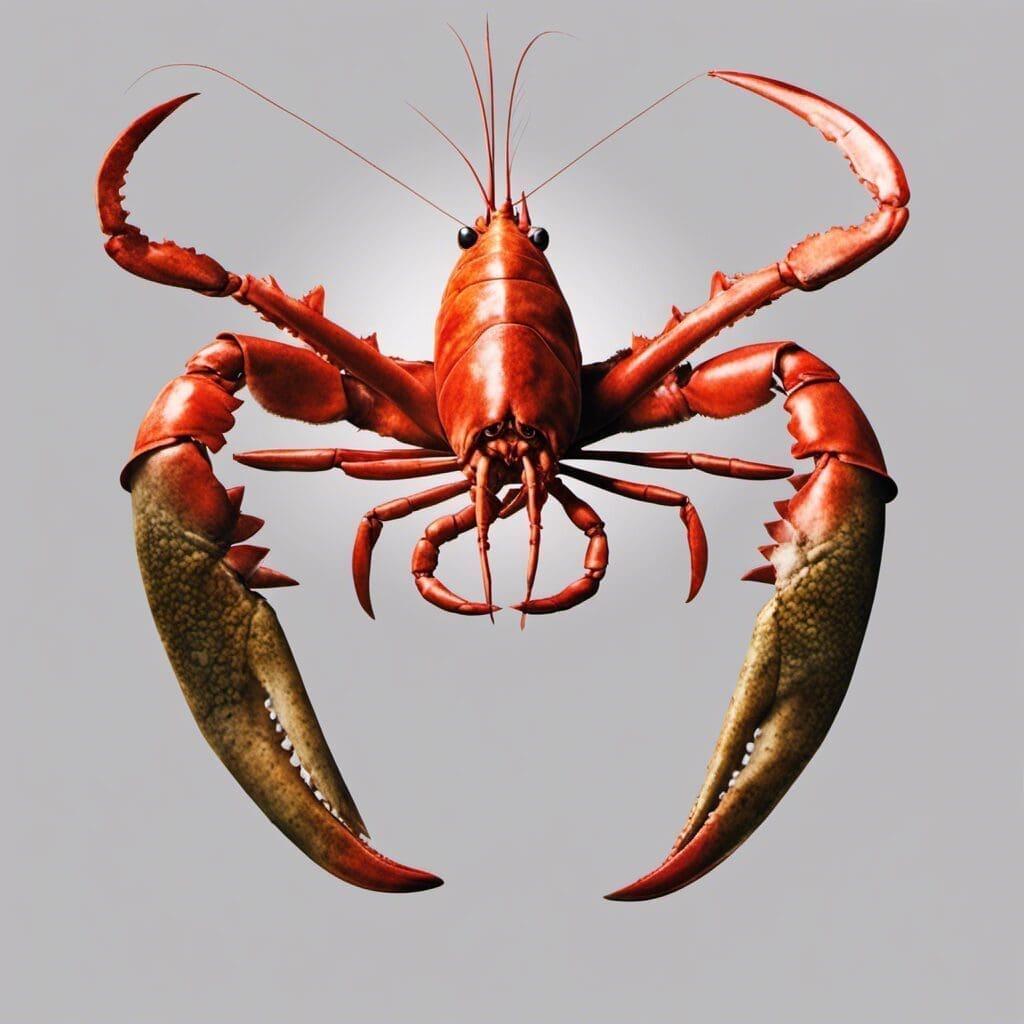Introduction
The Lobster, also known as Homarus Americanus, is a species of large marine crustaceans that belong to the family Nephropidae.
Conservation Status
The fascinating creature is categorized as of least concern on the International Union for Conservation of Nature’s (IUCN) Red List. Conservation efforts have been heightened with strict catch sizes and seasonal harvesting restrictions to ensure the survival and regeneration of the species.
Statistics
| Length (Average, Range) | Weight (Average, Range) | Average Lifespan |
|---|---|---|
| 50 cm, 25-60 cm | 0.5 kg, 0.4-2 kg | 30-50 years |
Distribution
Lobsters are commonly found along the Atlantic coast of North America, from Labrador, Canada all the way to North Carolina, USA. Their migration patterns are driven by temperature, with lobsters moving deeper offshore during winter months.
Habitats
Lobsters prefer cold, rocky, saltwater environments, and are often found at depth ranges from 20 to 100 meters. They tolerate a wide range of temperatures, but are most abundant in waters between 4 to 12 degree Celsius.
When and Where to See
You’re most likely to see lobster activity during the warmer months, particularly in summer. They are often more active at night.
Best Fishing Locations
- Bay of Fundy, Canada
- Massachusetts Bay, USA
- Gulf of Maine, USA
- Cape Cod, USA
- Long Island Sound, USA
- Georges Bank, USA
- Scotian Shelf, Canada
- Southern New England, USA
- Northumberland Strait, Canada
- Cape Hatteras, USA
How to Catch
Preferred bait for lobsters includes herring, fish heads, and chicken necks. Lobsters can be caught using various techniques like pot trapping, trolling, and diving. The best time to catch lobsters is during summer months, especially at night.
Identification Guide
Lobsters are characterized by their dark bluish green to greenish brown color, a pair of large claws, and a long body with a spiny exoskeleton. They’re often mistaken for their relatives, the crayfish, which are smaller and found in freshwater bodies, as opposed to saltwater habitats of lobsters.
Culinary Profile
Lobster is known for its rich, succulent taste with a slightly sweet, creamy texture. It’s highly nutritious, providing a good source of protein, omega-3 fatty acids, vitamins, and minerals. Popular lobster dishes include boiled lobster, lobster bisque, lobster rolls, and lobster thermidor.
Additional Information
Lobsters are omnivores, feeding mainly on fish, mollusks, and other crustaceans. They are known to exhibit a unique mating ritual, where the female molts and the male deposits sperm packets into her sperm receptacles. Their primary predators are large fish, seals, and humans. Lobsters have also been an icon in many cultures, making their way into art and folklore.

